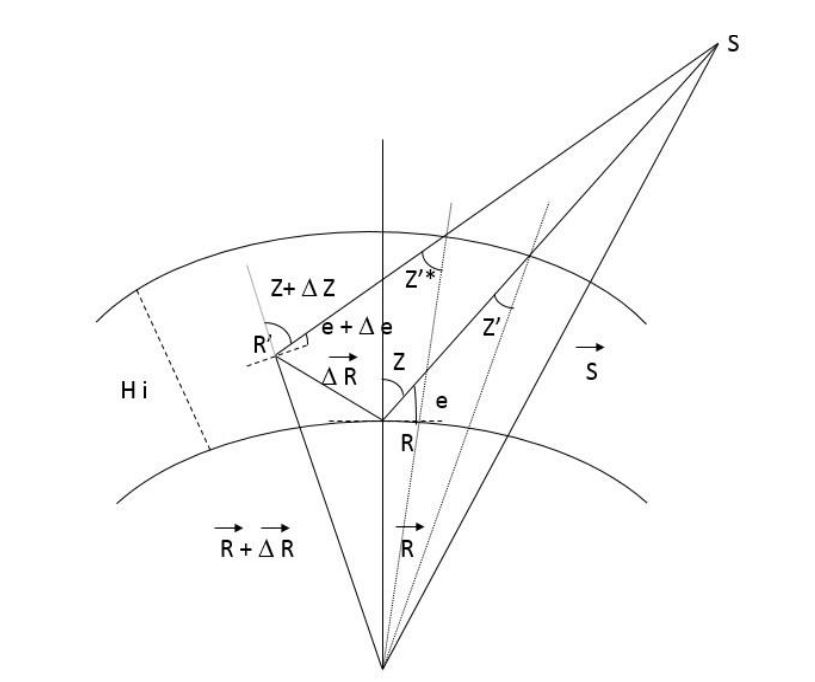A new ground based augmentation strategy for centimetric PPP solution with GNSS single frequency receivers
Keywords:
GNSS low-cost single frequency receivers, Precise Point Positioning, ionospheric modeling, Zenith Tropospheric Delay, centimetric accuracyAbstract
In the last few years GNSS single frequency receivers have turned up more and more in the marketing especially for their low cost
with respect to the dual frequency receivers and the high level of performance, comparable to those of geodetic class GNSS receiver
for some applications in differential positioning over short baselines. However, because of the inability to apply ionosphere-free linear
combination, their application for high accuracy Precise Point Positioning (PPP) requires detailed and reliable ionospheric modelling.
This paper describes and validates an innovative methodology that allows to obtain centimetric PPP solution with single frequency
receivers. The algorithm, starting from the observations acquired by a dual frequency receiver, allows to reconstruct a synthetic L2
observation for a generic single frequency receiver placed in its surroundings. This enables the application of ionosphere-free linear
combination also for single frequency receivers. The daily repeatability analysis, executed considering receivers placed in the Central
Italy, shows RMSE less than 1.5 cm for the horizontal components and less than 3 cm for the vertical component even at distance of
30 km from the reference station. In areas characterized by high ionospheric perturbation, the accuracy in vertical direction is more
affected by the distance between the receivers: difference, with respect to the reference coordinate, less than 18 cm are obtained with
distance of 70 km. The absolute estimation of Zenith Tropospheric Delay (ZTD) reflects the accuracy obtained in vertical direction for
the positioning analysis. In areas characterized by normal ionospheric conditions, RMSE less than 0.75 cm are obtained at distance of
50 km from the dual frequency reference station.
Downloads

Downloads
Published
How to Cite
Issue
Section
License

This work is licensed under a Creative Commons Attribution-ShareAlike 4.0 International License.



